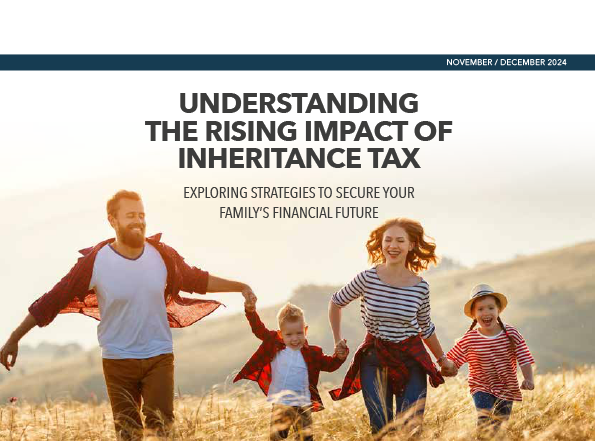When making an investment of any kind, it’s important to understand what level of risk you are comfortable with. Investments can fall as well as rise; are you prepared to risk a large, medium or small proportion of your money to invest? Are you happy to take calculated risks in the hope of securing a higher return in the long run, or would you prefer to play things a little safer?

At GWM, we can help you to better understand your financial position and assess the level of risk you should take when making investments. Different people have different attitudes towards risk and it is important you understand what your level is so that you can choose the right portfolio to suit this. Only you can judge what level of risk you are comfortable with, but our experts are here to provide the guidance and support you need to ensure you are best placed to make a decision.
Establishing your approach to investment risk
Establishing your attitude to risk and the level of risk that is appropriate for your circumstances is an essential part of our process at GWM. The risk you take is intrinsically linked to your objectives so we will assess the level of risk that should be taken to achieve your objectives for any investments by considering your:
- Knowledge and experience
- Capacity for loss
- Tolerance for investment risk
- Need for risk
- Desire for risk
Knowledge and experience
One of the factors we take into account is the knowledge and experience that you have in investing your money. This will influence how confident you feel when making investment decisions and how nervous you are at times of high market volatility.
Capacity for loss
Another aspect we consider is your capacity for loss. This is a general assessment of your personal financial situation and the impact that losses could have on your standard of living.
The following explains how we classify this.
- High – You would tend to have significant excess capital or high levels of guaranteed income, and your standard of living would not be affected by losses on your investments and how you would feel would not change.
- Medium – You would tend to have enough flexibility with capital or income to adapt to reasonable market volatility. The impact of losses may mean that some short-term changes are needed to non-essential expenditure regarding your standard of living, and you would tend to feel uncomfortable while market volatility continues.
- Low – You would tend to have a high dependency on your capital or income that may only just meet the desired expenditure. With regard to the impact of losses, major changes may be required to expenditure and you would feel outside of your comfort zone.
Tolerance for investment risk
The outcome of assessing your investment risk tolerance is to match you to one of our portfolios to determine your tolerance portfolio. This will be the highest risk portfolio that you could hold without feeling uncomfortable. When recommending the portfolio in which you should actually invest, our approach is to use the portfolio that meets your objectives at the lowest level of risk. This means that in normal market conditions your tolerance portfolio is generally not the portfolio we will recommend for you if a lower risk portfolio meets your needs.
Need for risk
Your need for investment risk is a very important factor in determining the portfolio into which you should invest. This is the level of risk that you actually need to take in order to meet your investment goals. It is often lower, but can sometimes be higher than your risk tolerance. We will assess this on a regular basis as part of our ongoing service and adjust the target portfolio as appropriate.
Desire for risk
At the same time as we are assessing the above factors, you are also likely to be reflecting on your personal views in this area. Your adviser will talk to you about your desire for risk as this could influence our recommendations and how comfortable you feel with your investments as a result.
PLEASE NOTE: The value of investments, and any income from them, can fall and you may get back less than you invested. Tax treatment depends on the individual circumstances of each client and may be subject to change in the future. Neither simulated nor actual past performance are reliable indicators of future performance. Information is provided only as an example and is not a recommendation to pursue a particular strategy.
Contact Form
Please complete this form if you wish to send us your questions or if you would like to request a call back.
We look forward to speaking with you.
Recent GWM articles that may be of interest
Maximising returns
The power of reinvesting dividends for long-term growth Dividends represent the portion of a company’s [...]
Is it time to evaluate your financial landscape?
Financial strategies are not immune to the impacts of life’s changes As the new year [...]
How much financial security do you need for a happy retirement?
Financial status plays a significant role in retirement happiness Retirement is a time many look [...]
How does pension consolidation work?
Pensions can be confusing, but there is an alternative way to help keep on top [...]
Podcast: Autumn 2024 Budget Playbook, Tax, Finance & Accounting Podcast
Grosvenor Wealth Management is delighted to share our recent podcast collaboration with HB Accountants featuring Andrew [...]
Smart Money November / December 2024
Smart Money November / December 2024 Welcome to the November / December 2024 edition of [...]







